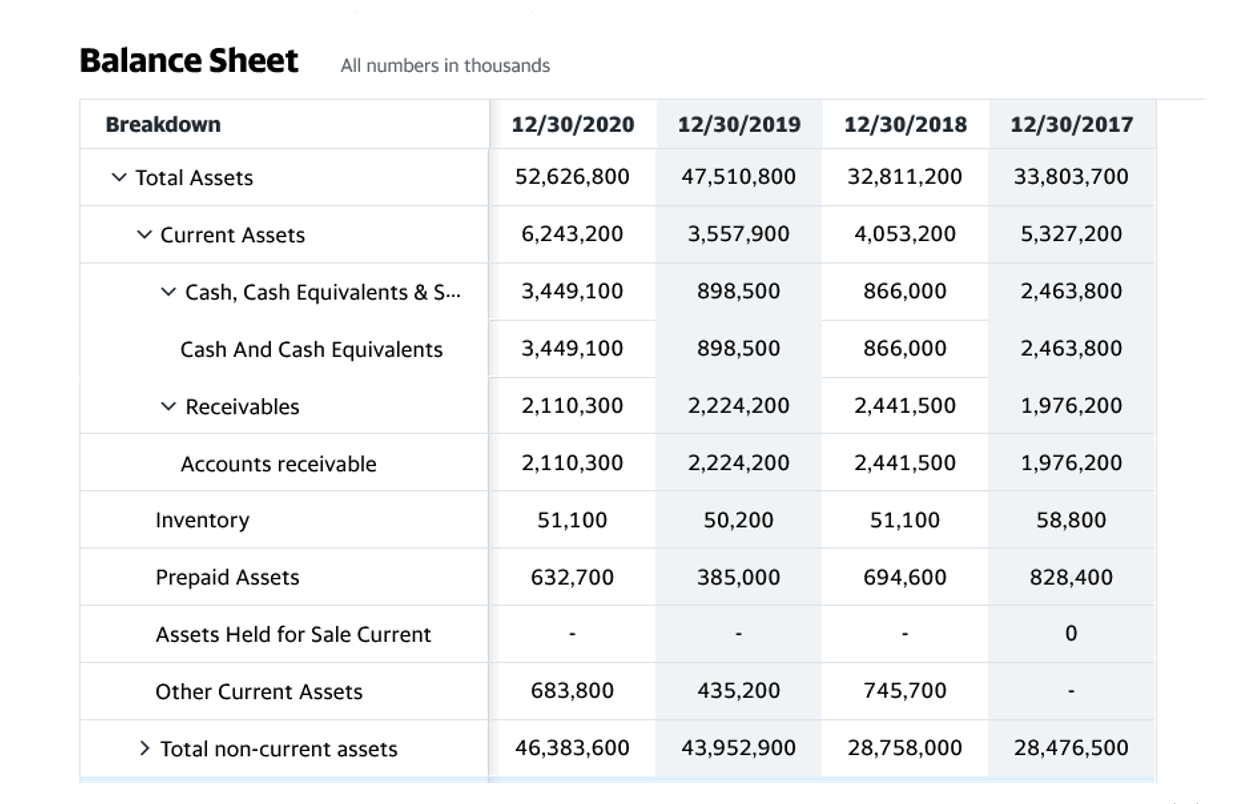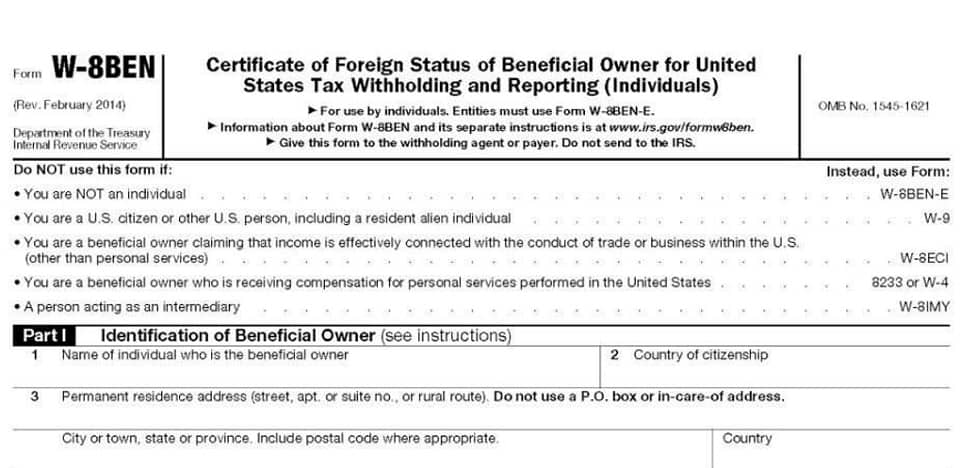Software for every real estate portfolio
Create detailed revenue and expense forecasting using your performance data to quickly build more accurate budgets. Eliminate spreadsheets and align teams with a simple tool that reduces budget cycle times and improves accuracy. From the end-user apartment application process to utilizing the inventory module, Yardi Voyager provides a solution for managing units and tenants that is so much better than previous software we’ve used.
- We have multiple options for all portfolio types and sizes, from large multinational enterprises to small and midsize holdings.
- Yardi Commercial Suite includes comprehensive front office and back office solutions with unprecedented business intelligence and mobility.
- Maintaining multiple systems can be expensive, time-consuming and error-prone — making it hard to access and analyze your data.
For full-fledged customization, and complete access to their library of hundreds of API add-ons, Voyager is your go-to. You can customize this version down to the finest detail, giving you unparalleled control of the operational, financial, leasing, and maintenance side of your entire portfolio. Former software was custom made back in the late 80s and was never modernized. Yardi Voyager is an SaaS solution and they take care of updating and patching free of charge. As an integral part of the global communities in which we operate, Yardi contributes volunteer time and financial support to organizations dedicated to housing, health services, disaster recovery and other humanitarian services.
Facility Manager
It creates a fully integrated central database of all property types — from multifamily properties and PHAs to shopping malls and airports — with the ability to add advanced services, run exactly the reports you need and leverage big data. Without the commitment, enthusiasm and expertise of our employees, Yardi would not be the industry leader it is today. Key to our longevity and stature in the industry is the importance Yardi places on relationships – both outside and inside the company. This means listening to our clients and employees and actively seeking their feedback in designing, developing and supporting our products.
- Yardi Multifamily Suite is built into the Yardi Voyager Residential platform to provide a full business solution, from your front office to your back office, for end-to-end efficiencies — with complete mobility.
- Former software was custom made back in the late 80s and was never modernized.
- From simple to-dos to more sophisticated initiatives, Yardi helps streamline property management so your teams can focus on growing your business—instead of drowning in details and manual administrative tasks.
- Markets we serve include commercial, multifamily, single family housing, self storage, student housing, senior housing, coworking, affordable housing, PHA, military housing, airports and parks and recreation.
Our real estate management software includes integrated solutions for accounting, marketing and lease execution, market intelligence, energy management, end-to-end procurement, business intelligence and much more. Day-to-day operations are intimately tied to asset value and investment performance. Our solutions help attract and retain occupants with advanced marketing and online services, for example. Electronic billing significantly cuts the cost of collecting and processing rents. Our award-winning energy management systems reduce HVAC costs and ensure regulatory compliance without reducing comfort. By connecting business intelligence at the investment, operations and financial levels, our platforms drive value for funds holding real estate assets.
PRODUCTS
Yardi offers unrivaled solutions for residential property management, built into a single, mobile software platform. Yardi offers the widest array of solutions for the commercial real estate market built into a single platform with the most comprehensive set of management and accounting tools. We have multiple options for all portfolio types and sizes, from large multinational enterprises to small and midsize holdings. When you own or manage a multifamily property, you are the wearer of many hats.
Easy and Automated Yardi Reporting
Self-paced, elearning courses, available through Yardi Aspire On Demand, provides learners with quality instruction, tailored to their needs and schedule. Instructor-led, webinar training sessions are great opportunities for learners to gain critical knowledge of our software, make strategic connections with other Yardi users and have valuable peer discussions on a variety of topics. As a bonus, you can take full advantage of our extensive video training library on Client Central. Real-time insight into budget performance and revenue impacts of capital projects and tenant improvements. Yardi Breeze Premier is intuitive and easy to use.We love the built-in accounting. Deliver customized financials and offer property performance comparisons within an owner’s portfolio.
Make work easier with betterproperty management & accounting tools
Connect leasing, asset management and finance teams to the budgeting process. Find out how Yardi Corom can improve your lease management and real estate operations. Request a demo by filling out the form and our team will reach out to coordinate a time that works for you. Now you can have best-of-breed Senior Living software and the simplicity of contracting with a sole-source vendor.
Senior Living Suite
The Yardi Senior Living Suite replaces piecemeal systems with a mobile, browser-based platform for CRM, assisted living community operations, finance, health care, medication records, staff training, business analytics, and more. Take a look at Yardi Voyager Senior Housing, Yardi EHR, and Yardi eMAR each optimized for handheld and desktop devices. Yardi Multifamily Suite is built into the Yardi Voyager Residential platform to provide a full business solution, from your front office to your back office, for end-to-end efficiencies — with complete mobility.
Yardi has no subject matter experts on their teams that actually care understand property management and maintenance and that makes it very difficult to speak the same language. the difference between gross sales and net sales The trainers are not Yardi employees they are independent contractors. Voyager is a comprehensive system for real estate operators with unique and dynamic requirements.
Work smarter with refreshingly simpleproperty management & accounting tools
Insightsoftware offers pre-built drilldowns for Yardi users to access data, all within Excel with Spreadsheet Server. Use your existing Excel knowledge to build comprehensive reports and dashboards using near-real-time data that refresh at the click of a button. Because your data are up- to- date in Spreadsheet Server, you can avoid issues like possible timeouts in Yardi, because you can stay in Excel without having to go into the source system. Preparing report packs takes time, but it’s vital that users get the right reports and aren’t exposed to data they aren’t authorized to view. It takes a lot of time and effort to distribute the right reports to the appropriate individuals on time.
From setup to maintenance to reporting, Yardi Breeze is very user friendly and simple to work with. Designed for chief engineers and facility managers to streamline equipment maintenance, property inspections and service requests. Yardi Breeze Premier offers a handful of plugins like utility billing and maintenance request tracking.








